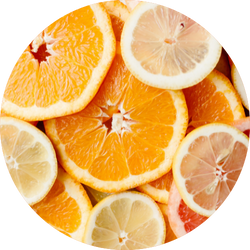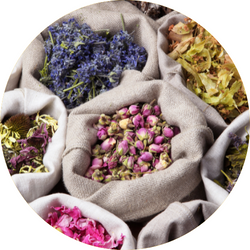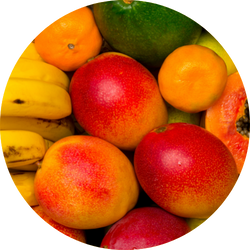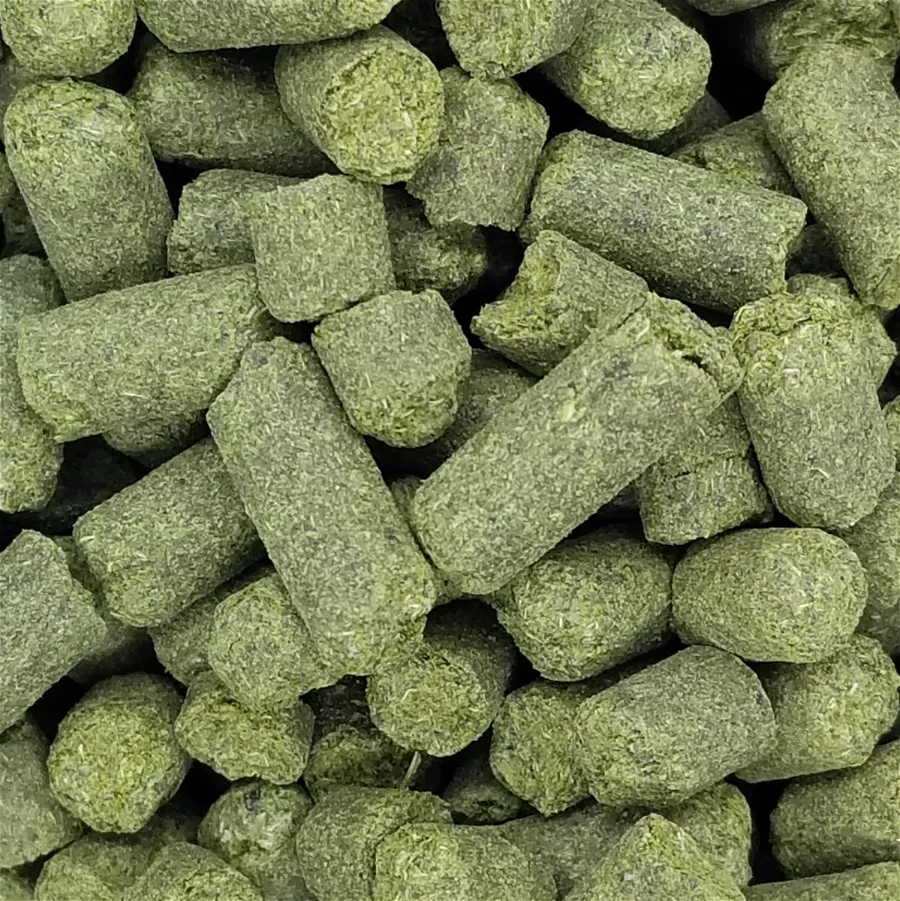
HBC 638 is an experimental hop variety developed by the Hop Breeding Company, a collaboration between John I. Haas and Yakima Chief Ranches. It offers a unique combination of classic and modern flavors and aromas.
This hop variety features a complex aroma profile that includes citrus, herbal, stone fruit, sweetly aromatic, and tropical notes. Brewers have compared it to Centennial hops, noting its bright citrus and fresh floral qualities and tropical fruit flavors like mango, pineapple, banana, cherry, strawberry, and cantaloupe.
HBC 638 can be used in a variety of beer styles, such as American Pale Ales, India Pale Ales, New England IPAs, Fruit-forward Saisons, and Tropical Stouts.
| Usage: | Aroma |
| Country of Origin: | United States |
| Hop Growers Code: | HBC 638 |
Where To Buy HBC 638 Hops
Described as having mango, pineapple, banana, cherry, strawberry, and cantaloupe flavors and aromas.
HBC 638 Flavor And Aroma
HBC 638 is an aroma hop that is often described to have the following aroma characteristics:

citrus

herbal

tropical
HBC 638 Hop Oil Breakdown
Hop oils can vary from year to year and farm to farm but based on our research, here are the typical values we have seen reported. This information comes from various hop farms, The Hop Aroma Compendium, and For The Love Of Hops.
| Alpha Acid % (AA) Alpha acids are what is isomerized when boiling to create bitterness in beer. | 13.0% – 15.0% |
| Beta Acid % Beta acids are what give hops their more aroma and flavor compounds. | 4.0% – 6.0% |
| Alpha-Beta Ratio This ratio of alpha acids to beta acids determines how quickly bitterness fades during aging. Lower ratios are common for aromatic varieties. | 2:1 – 3:1 |
| Co-Humulone as a % of Alpha Higher numbers are said to impart a harsher bitterness. | 28% – 32% |
| Total Oils (mL/100g) With more total oils, typically comes a more complex hop profile but these are highly volatile compounds. | 2.0% – 4.0% |
| Myrcene green, resinous | 30% – 40% |
| Humulene woody, piney | 16% – 18% |
| Caryophyllene woody | 10% – 14% |
| Farnesene floral | 0.1% – 1% |
| Other Oils: Includes beta-ionine, beta-pinene, limonene, linalool, geranoil & selinene | 26% – 44.9% |
| Hop Storage Index (HSI) The HSI indicates the percent of alpha and beta acids lost after 6 months of storage at room temperature (68°F or 20°C). | Data Not Available |
| Hop Storage Index (HSI) Rating | Data Not Available |
HBC 638 Hop Substitutions
Replacing one hop for another is seldom straightforward but sometimes you don’t have the right hop or the right quantity of hops for the beer you want to make. For those situations, we have made a comprehensive list of hops to substitute on brew day.
These substitutions aren’t perfect as hop chemistry is pretty complex.
We wanted to make this list of substitutions with varietals that are easy to find when possible. For HBC 638, we recommend substituting with the following hops:
Beer Styles
For the most part, any hop could have a place in just about any beer style. Based on popular beers, historical usage, and our own preferences, we would recommend using HBC 638 for IPA, New England IPA, Pale Ale, Wheat Beer, Golden Ale. That being said, experiment and see what works best for you.
References
https://www.hopslist.com/
https://www.ars.usda.gov/
https://www.brewersassociation.org/
https://www.barthhaasx.com/
https://www.yakimachief.com/
Hieronymus, Stan. For The Love of Hops. Brewers Publications, 2012
The Hop Aroma Compendium. 2012


